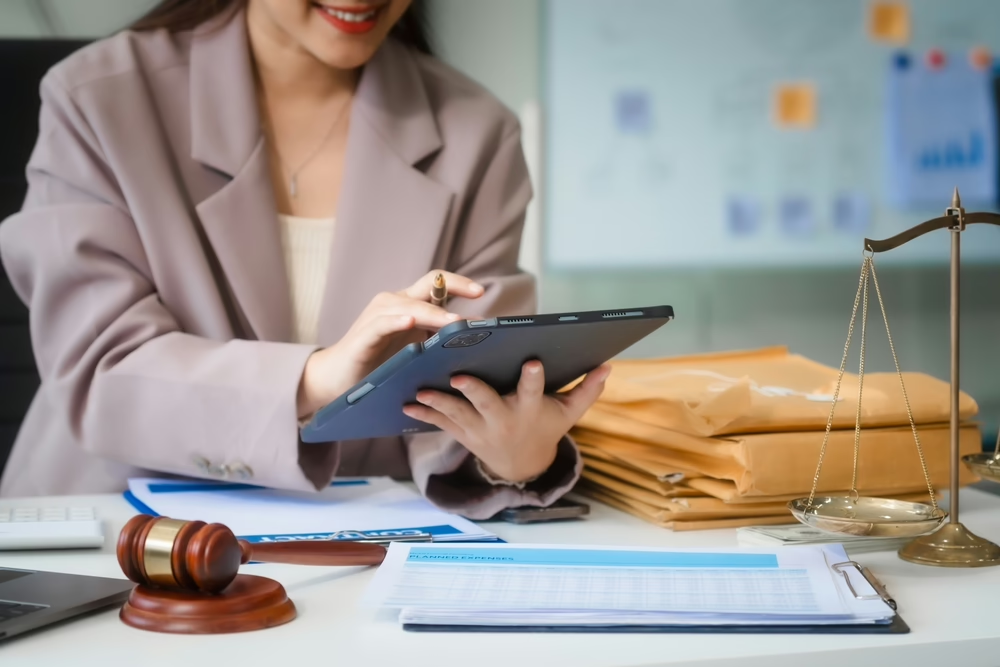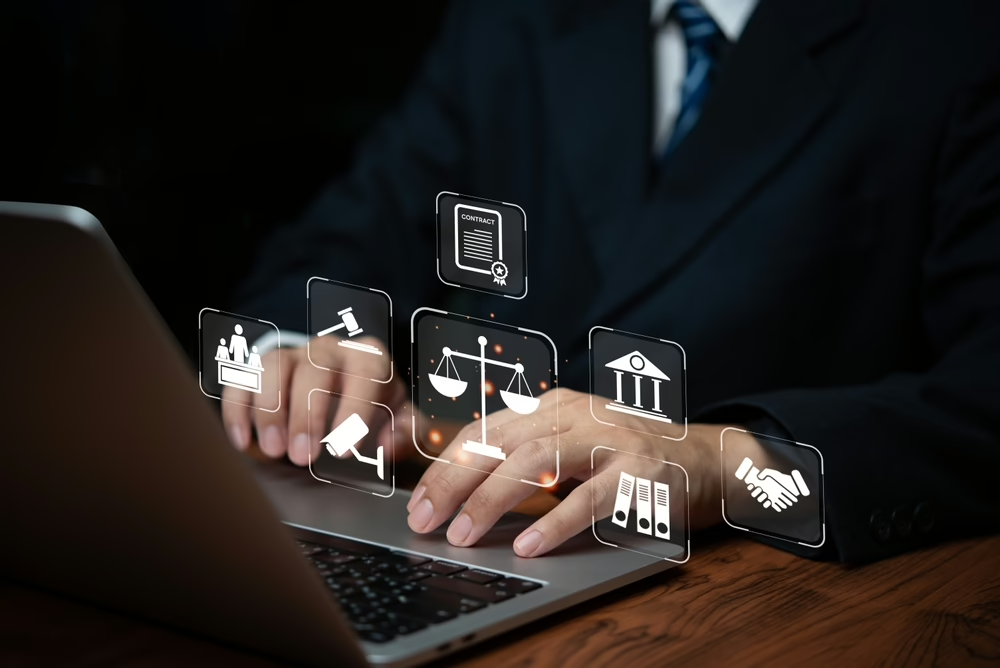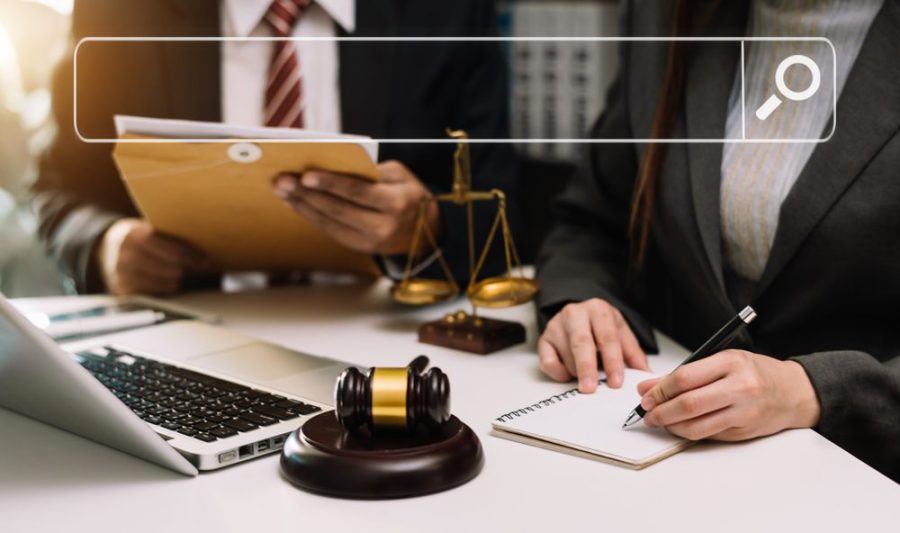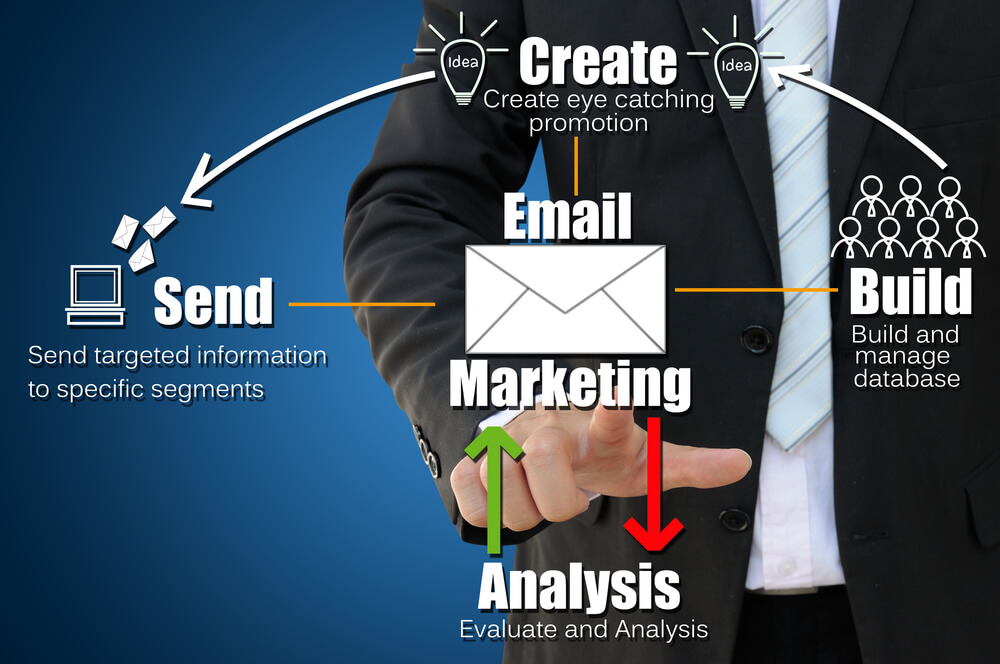
Plot the Customer Journey To Win B2B Email Marketing Success
If you want to craft B2B email marketing that resonates and converts, master the customer journey and align your content with its stages for maximum impact.
This article delves into the most effective journey-mapping strategies for B2B email campaigns, including:
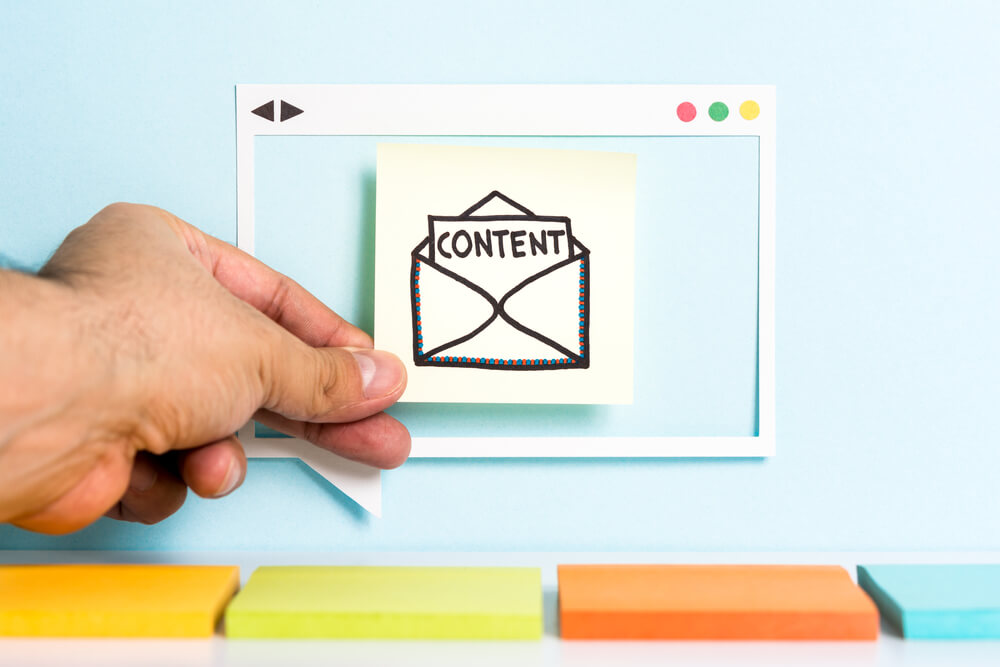 Crafting marketing messages that resonate with each customer journey stage is critical to B2B email marketing. Let us go into more detail:
Crafting marketing messages that resonate with each customer journey stage is critical to B2B email marketing. Let us go into more detail:
 Hyper-personalization is one of the top marketing trends that boost the efficiency of B2B email campaigns. It increases engagement, improves customer retention, and enhances the user experience, leading to conversions.
Hyper-personalize your enterprise emails with these tactics:
Hyper-personalization is one of the top marketing trends that boost the efficiency of B2B email campaigns. It increases engagement, improves customer retention, and enhances the user experience, leading to conversions.
Hyper-personalize your enterprise emails with these tactics:
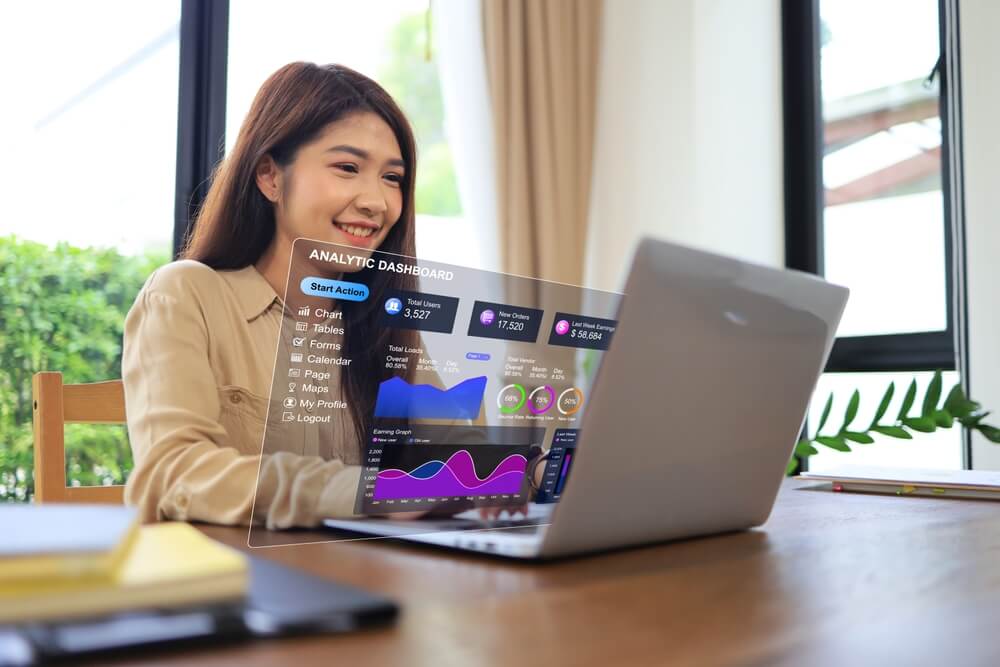 Measuring an email campaign’s impact at every sales stage helps you understand what works, what areas to improve on, and what tactics to discontinue. This way, the strategy always aligns with the audience and business objectives.
Track B2B email effectiveness with the following tactics:
Measuring an email campaign’s impact at every sales stage helps you understand what works, what areas to improve on, and what tactics to discontinue. This way, the strategy always aligns with the audience and business objectives.
Track B2B email effectiveness with the following tactics:
- Mapping the customer journey
- Tailoring content for each journey stage
- Segmenting email lists based on these stages
- Personalizing the email experience
- Using automation for timely engagement
- Analyzing email impact at each stage
- Adjusting tactics based on feedback and data
Tired of investing in Search Engine Optimization without getting any results? See how Digital Authority Partners turns that around!
1. Map the Journey
Align your email marketing strategy with your audience by mapping their buying journey. The following outlines the steps:- Identify the primary stages. Break down the customer journey into distinct stages. These include awareness, consideration, decision, and post-purchase. Understanding the stages helps create content that matches the recipient’s needs at different buying phases.
- Understand the touchpoints. Recognize the critical touchpoints within these stages. For instance, the awareness stage might involve subscribing to a newsletter or downloading a whitepaper.
- Gather customer insights. Conduct customer interviews or surveys to deeply understand your audience’s decision-making process. This reveals valuable insights about the type of content they are looking for at each stage of their journey.
- Visualize the journey. Create a visual map of the customer journey. Add the journey stages, identified touchpoints, and the most effective types of content or interactions for every phase.
- Incorporate behavioral triggers. Include behavioral triggers in your map to accurately time your email communications to the various touchpoints.
2. Tailor Content to Each Stage
 Crafting marketing messages that resonate with each customer journey stage is critical to B2B email marketing. Let us go into more detail:
Crafting marketing messages that resonate with each customer journey stage is critical to B2B email marketing. Let us go into more detail:
- Awareness: In the initial stage, focus on educational and informative content to raise brand awareness and position yourself as an industry authority. Use emails to introduce your brand and offer valuable insights, creating engagement.
- Consideration: Customers at this stage start to view your brand as a solution to their problems. Highlight your value proposition in your B2B emails. For example, include detailed product information and customer testimonials that showcase your reliability.
- Decision: Leads are close to purchasing a product or subscribing to a service. Tailor your emails with persuasive content such as product comparisons, pricing guides, or special offers, to sway their decision in your favor.
- Post-purchase: After a purchase, focus on emails that enhance customer experience. These include onboarding content, tips for using the product, and customer support information. This stage is crucial for building loyalty and encouraging repeat business.
3. Segment Your Email List Based on Journey Stages
Segmenting your email list according to the different stages of the customer journey is a key strategy in B2B email marketing. This approach makes your content more relevant to your recipient, increasing engagement and conversion. Divide your broad audience with these strategies:- Use behavioral data. Segment your email lists based on their email interactions. For example, those who download a general industry report might be in the awareness stage. On the other hand, C-level marketers scheduling a product demo are likely to be in the consideration phase.
- Track engagement metrics. Use engagement metrics such as email opens, clicks, and website interactions to refine your segments further. This helps identify customers moving to a new stage in the journey.
- Tailor content for each segment. Craft emails addressing the specific needs and interests of each group. For instance, send educational content to those in the awareness stage and more detailed product information to stakeholders evaluating your proposals.
- Segment dynamically. Because the customer journey is dynamic, regularly update your segments based on new interactions and behaviors. This way, emails remain relevant even as your customers evolve.
4. Personalize the Email Experience
 Hyper-personalization is one of the top marketing trends that boost the efficiency of B2B email campaigns. It increases engagement, improves customer retention, and enhances the user experience, leading to conversions.
Hyper-personalize your enterprise emails with these tactics:
Hyper-personalization is one of the top marketing trends that boost the efficiency of B2B email campaigns. It increases engagement, improves customer retention, and enhances the user experience, leading to conversions.
Hyper-personalize your enterprise emails with these tactics:
- Understand recipient profiles. Know each recipient’s role, industry, and challenges. The insights guide how you create highly relevant and personalized content.
- Customize emails based on interactions. Personalize emails based on how the recipients respond to the previous content. For instance, follow up with case studies if a recipient seems interested in a specific topic or service.
- Use data when personalizing content. Collect data from customer relationship management systems, website analytics, and previous campaigns to manage personalization strategies. This provides a complete picture of each recipient’s preferences and needs.
- Complement personalization with segmentation. Combine list segmentation with personalization. Divide your audience into niches or journey stages and tailor the content according to their characteristics.
5. Leverage Automation for Timely Engagement
B2B companies fuel the growth of marketing automation software. This makes sense, considering how automation gives way to timely and relevant engagement with the audience. Learn how to maximize these platforms for your B2B email campaigns below:- Use automated triggers to send emails based on specific customer actions or milestones. For example, the system sends a follow-up according to the recipient’s sales funnel stage or when they take a certain action.
- Efficiently personalize emails for a large customer base. Automated systems use customer data to tailor each email, making communications feel individualized and relevant.
- Streamline campaign management and collect valuable insights to continually refine your email strategy.
6. Measure and Analyze Email Impact at Each Stage
 Measuring an email campaign’s impact at every sales stage helps you understand what works, what areas to improve on, and what tactics to discontinue. This way, the strategy always aligns with the audience and business objectives.
Track B2B email effectiveness with the following tactics:
Measuring an email campaign’s impact at every sales stage helps you understand what works, what areas to improve on, and what tactics to discontinue. This way, the strategy always aligns with the audience and business objectives.
Track B2B email effectiveness with the following tactics:
- Identify key performance indicators (KPIs). Determine the most relevant KPIs for each stage of the customer journey. For the awareness stage, these might be open rates and new subscriptions. In the consideration stage, it could be click-through rates and content engagement.
- Use analytics to track performance. Use email marketing analytics tools to track these KPIs. Analyze the data to understand how your audience interacts with your emails at each stage.
- Create a feedback loop. Use feedback to inform future strategies and measure their impact to gather more accurate, timely data. This ongoing process makes email marketing effective and relevant even if market conditions change.
7. Adjust Tactics Based on Feedback and Data
Adapting tactics based on customer feedback is crucial in B2B email campaigns. The iterative approach refines the content for better engagement and conversions. Use feedback and data to manage email marketing with these steps:- Gather feedback. Actively seek audience feedback about your emails. Conduct surveys and interviews, monitor responses, or analyze email reply trends.
- Adjust the strategies based on data. Use the collected data to make informed adjustments. Look for patterns in open rates, click-through rates, and conversion to understand what resonates with your audience.
- Test variations. Continuously test different email variations to see which yields the highest conversions. Experiment with subject lines, content formats, and visual elements. Use A/B testing tools to streamline this process.
- Respond to trends. Adapt to emerging trends and changes in audience needs and preferences. For example, integrate omnichannel marketing or automate email sequences.
- Embrace the iterative process. View the refinement of your email tactics as an ongoing process. Regularly review and update your strategies based on the latest data and feedback.
Summing Up
Every step in the B2B customer journey offers a unique opportunity to enhance your email marketing strategy. Embrace these steps to create a more targeted approach that speaks to your audience. Transform your email campaigns using the journey for greater success and engagement. For expert guidance in refining your B2B email strategy, Digital Authority Partners (DAP) offers valuable insights and support. Contact us today to learn more.Want To Meet Our Expert Team?
Book a meeting directly here
